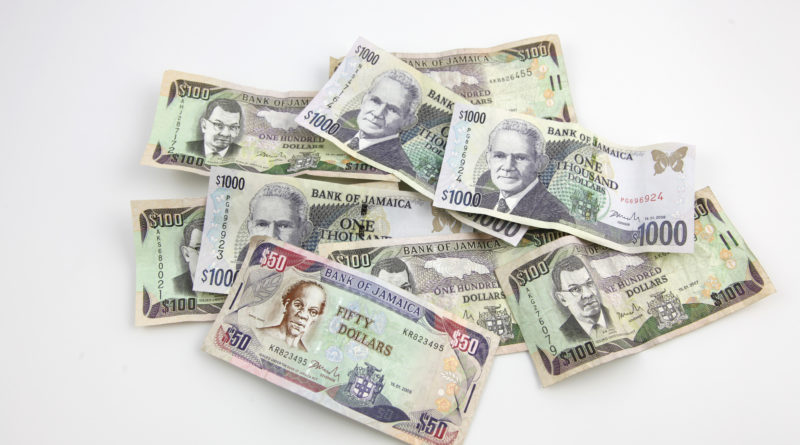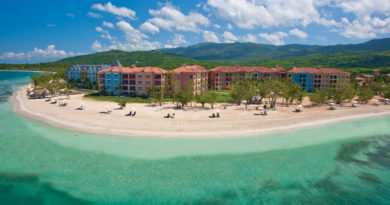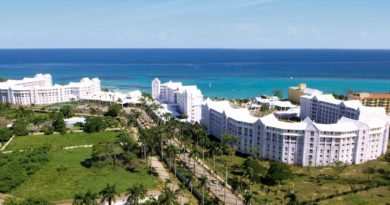Money in Jamaica
There are essentials about the money in Jamaica that every visitor or curious person should know. For starters, the currency of Jamaica is the Jamaican dollar. The Central Bank in Jamaica is the Bank of Jamaica (BOJ) is located at Nethersole Place, in Kingston. The Bank of Jamaica was established in 1960, and works closely with the financial institutions and the government. In Jamaica, you will find Commercial Banks, Merchant Banks and Building Societies. All of these financial institutions offer a wide range of financial transactions, even though some operate with some slightly different variations and limitations. Over the years, several changes have taken place in the Jamaican financial sector. Let’s take you on an informative tour of money in Jamaica.
History of the Jamaican Currency
While Jamaica was inhabited by the Arawaks (Tainos) there was no need for use of a currency or money. Remember we are talking about the era of the 16th century. The Arawak’s survival at this time depended mostly on the island’s natural resources. In other words they had no financial system and there was no need to buy anything from anyone. The Arawaks were however heavy decorators, so they would often use the little gold they had for decorating rather than trading. After the arrival of the Spaniards there was some bartering taking place. In barter transactions between the Arawaks and the Spaniards, the items used as units of exchange were jewelry, mirrors, and even scissors.
Following the Arrival of the Spanish, the history of the Jamaican currencies are as follows:
- Copper Maravedis: Very light and thin copper coins from Santo Domingo.
- Spanish Dollars or Pieces of Eight: Coins minted in Spain and other Spanish countries during the 17th and 18th century.
- Anchor Money: Silver coins brought into circulation by the British Colonial Empire in the 19th century.
- Christian Quatties: British silver three pence and penny ha’penny pieces were imported. The penny “ha’penny” became known as a “quartile” or quarter real, and also became known as the ‘quattie’.
- British Colonial Coinage: Adoption of the British lower denomination copper coins and higher denomination silver coins. These included coins such as farthing, half penny, penny ha’penny, penny, silver coins, three pence, six pence, shilling, florin half crown and crown.
- The First Jamaican Coins: These were pennies and half-pennies. The first truly Jamaican coins which appeared in 1869 following Emancipation.
- Private Bank Notes: The first bank notes used in Jamaica which were issued by private commercial banks in the mid 19th century.
- Government of Jamaica Bank Notes: The first notes which were issued by the government on 15 March 1920, in the denominations of 2/6, 5/- and 10/-.
- Bank of Jamaica Notes: These notes were issued by the Bank of Jamaica and made their first appearance on 1 May 1961 in the denominations of 5/-, 10/-, 1 and 5 pounds.
For more details of the history of the Jamaican currency click here. Remember when you are through to come right back.
Did you know?
1. The Bank of Jamaica currently offers souvenir coins for sale. The coins are in categories of Gold, Silver, Bi-Metallic and Proof Set Coins.
2. The Bank of Jamaica has a Money Museum offering a FREE guided Tour. For more information on a planning your FREE Tour click here










